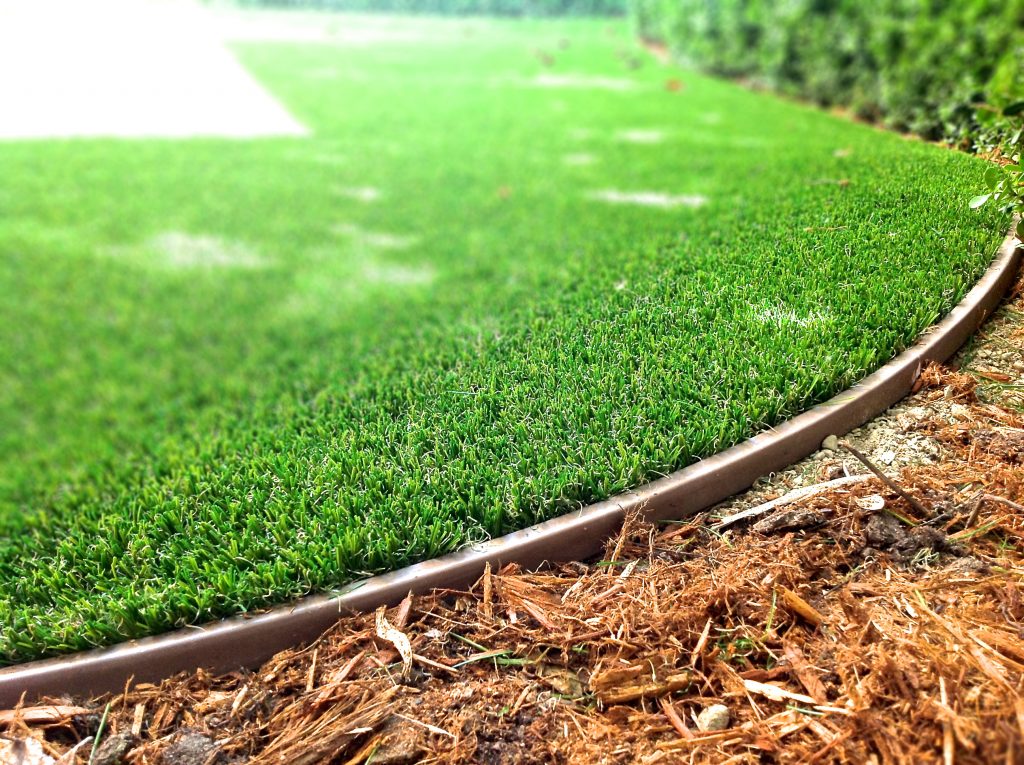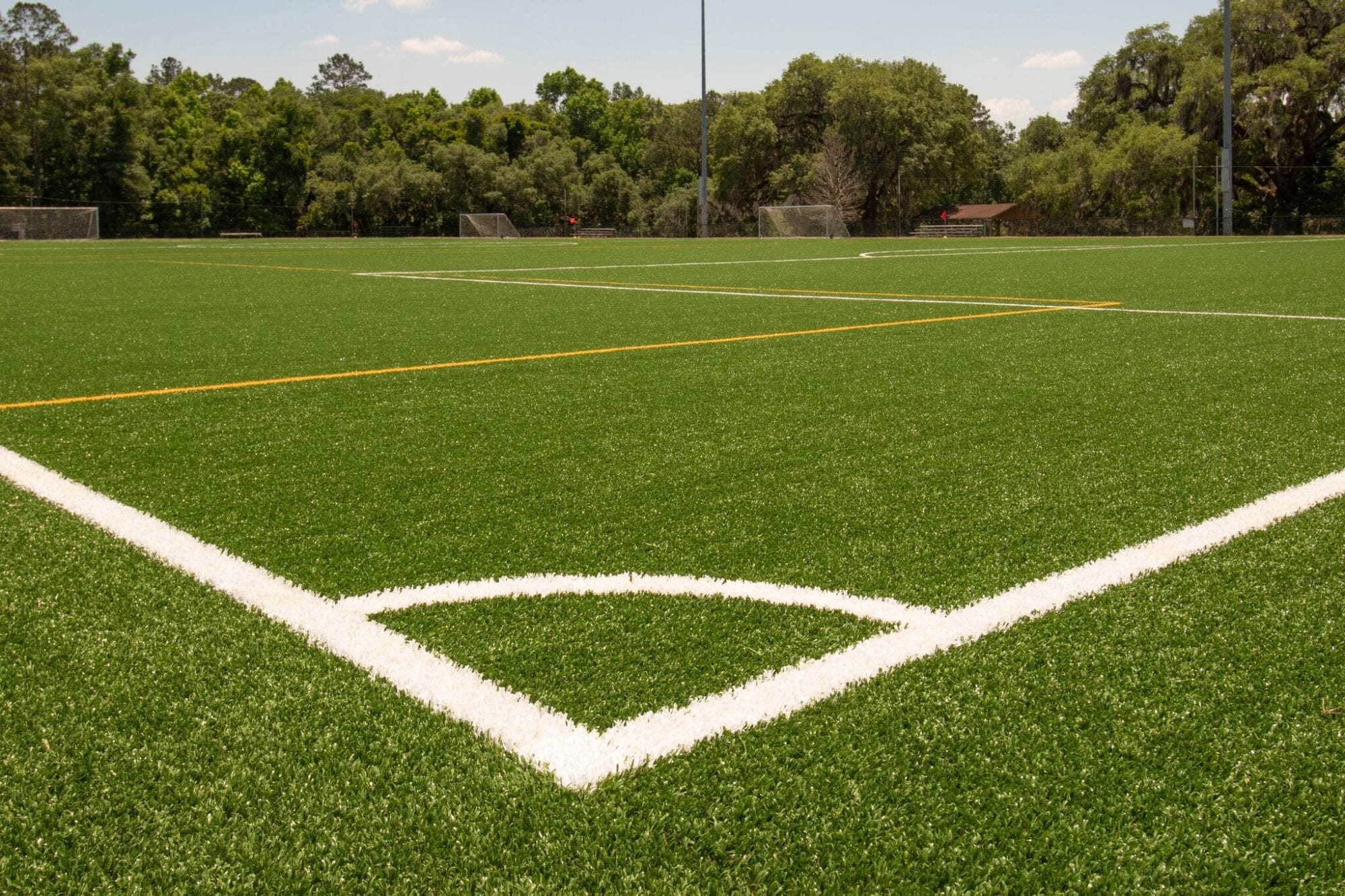Transform Your Outdoor Space with Arizona Artificial Turf for a Vibrant Green Look
Transform Your Outdoor Space with Arizona Artificial Turf for a Vibrant Green Look
Blog Article
Delve Into the Environmental Conveniences of Opting for Synthetic Grass Solutions
The fostering of man-made turf services presents a compelling chance to attend to pushing environmental challenges. By considerably decreasing water usage and lessening the application of dangerous chemicals, these choices not just promote lasting landscaping yet additionally secure local communities.
Water Conservation Conveniences
One of the most considerable benefits of man-made lawn is its ability to preserve water. In comparison, man-made turf does not require watering, significantly reducing the overall need for water sources.
By eliminating the demand for routine watering, synthetic grass adds to lasting landscape practices and assists mitigate the environmental influence of excessive water consumption. Moreover, the conservation of water includes the decrease of runoff, which can bring about soil erosion and waterway contamination.
Furthermore, the installment of synthetic grass enables house owners and districts to allocate water resources a lot more successfully, concentrating on crucial uses such as drinking water and agriculture. The shift towards synthetic turf not only promotes liable water use yet also straightens with more comprehensive environmental goals aimed at maintaining natural sources.
As areas increasingly prioritize sustainability, the water conservation benefits of artificial grass offer an engaging situation for its adoption in commercial and household landscape design jobs.
Lowered Chemical Usage
The transition to artificial lawn significantly lowers the dependence on chemical treatments commonly made use of in all-natural lawn maintenance. Conventional turf monitoring typically entails the application of herbicides, plant foods, and chemicals to advertise development and control insects. These chemicals can position threats to human health, local wild animals, and the environment, adding to dirt and water contamination.
On the other hand, synthetic lawn eliminates the demand for these hazardous materials. Once installed, it calls for minimal upkeep, primarily being composed of regular cleaning and occasional infill replenishment. This decrease in chemical use not only profits the immediate environment however additionally adds to broader eco-friendly stability. By lessening the launch of synthetic substances into the environment, artificial grass promotes healthier soil and water supply.
Moreover, the absence of chemical drainage associated with synthetic lawn setups assists secure neighborhood rivers from pollution, supporting aquatic life and preserving biodiversity. Artificial turf companies phoenix. As areas significantly focus on lasting techniques, choosing for synthetic grass offers a sensible remedy that straightens with ecological conservation goals. Via this change, residential property proprietors can enjoy lavish environment-friendly areas without endangering eco-friendly health and wellness, leading the way for a more sustainable future
Reduced Carbon Impact

Furthermore, the setup of synthetic grass can lead to significant water conservation. All-natural yards call for considerable amounts of water for watering, which not only contributes to the carbon footprint related to water removal and treatment yet also stress regional water sources. In comparison, artificial turf needs minimal upkeep, calling for no watering, thus significantly minimizing water use and its associated energy expenses.
Furthermore, the durability of synthetic grass adds to its reduced carbon impact. With a lifespan of up to 15 years or even more, the demand for frequent substitutes is diminished, causing much less waste and reduced energy intake in manufacturing and throwing away traditional lawn alternatives. On the whole, artificial turf presents a lasting choice for environmentally aware landscaping.
Habitat Preservation
Habitat preservation is an essential factor to consider in the discussion over landscaping options, specifically when contrasting synthetic grass to all-natural yard. Natural lawn lawns commonly need comprehensive maintenance, including making use of fertilizers, chemicals, and herbicides, which can detrimentally influence local environments. These chemicals can leach into the soil and waterways, hurting native plants and fauna and interfering with neighborhood habitats.
Fabricated grass removes the requirement for damaging chemicals, thus shielding nearby wildlife and maintaining the honesty of bordering communities. The installment of artificial lawn can lead to the conversion of former grass locations into more biodiverse landscapes, such as pollinator yards or native plant locations, which can support neighborhood wildlife.
Eventually, the transition to synthetic grass not just preserves water and minimizes maintenance efforts yet also promotes a more harmonious partnership in between human tasks and the natural surroundings, promoting habitat conservation at the same time.
Long-Term Sustainability
Long-lasting sustainability is a critical consider assessing the advantages of synthetic grass over conventional lawn yards. One of one of the most significant benefits of synthetic grass is its durability; it can last up you can check here to 15-20 years with marginal maintenance, whereas all-natural lawn requires constant reseeding and replacement. This long life minimizes the need for constant sources, such as water, plant foods, and chemicals, which are essential for preserving a healthy and balanced turf lawn.
Furthermore, synthetic lawn adds to a reduction in carbon emissions associated with grass treatment devices. Traditional yards often need gas-powered lawn mowers, trimmers, and blowers, all of which add to air pollution. Arizona turf. In contrast, synthetic grass gets rid of the demand for such equipment, promoting a cleaner atmosphere
In addition, the production of synthetic grass progressively makes use of recycled materials, boosting its sustainability account. As manufacturers adopt eco-friendly methods, the ecological impact of synthetic grass remains to reduce.

Verdict
The fostering of artificial turf services presents significant environmental advantages, consisting of substantial water conservation, decreased reliance on harmful chemicals, and a reduced carbon impact. Furthermore, man-made grass aids in protecting natural habitats by reducing land disturbance and promoting lasting sustainability through the usage of sturdy materials. Jointly, these elements emphasize the possibility of synthetic grass to add positively to ecological wellness and offer a sensible choice to conventional landscaping practices in an increasingly resource-conscious globe.
In comparison, synthetic turf does not require watering, significantly reducing the general demand for water sources. By decreasing the release of synthetic compounds right into the ecological click to find out more community, artificial grass advertises healthier soil and water systems.
Additionally, the setup of synthetic lawn can result in substantial water preservation. In comparison, artificial turf needs minimal go to my blog upkeep, calling for no watering, therefore dramatically decreasing water usage and its connected power expenses.

Report this page